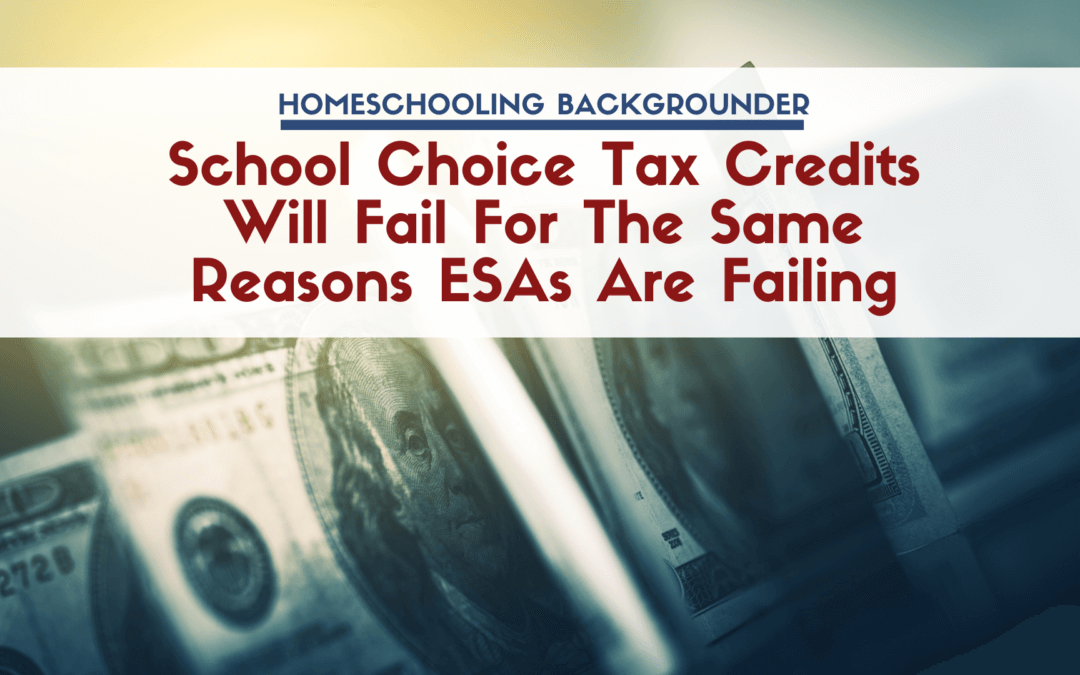Rodger Williams
January 2, 2024
School Choice advocates (Advocates) are starting to have second thoughts about ESAs (Education Savings Accounts).
I am very excited for all these new ESA programs, and if the results are good, then we’ll continue to support them. But if they don’t end up working in the long term, then we will look for new ways to give parents more options….
We may find that a more direct refundable tax credit like the one passed in Oklahoma may be a better option….
ESAs might be a step in the right direction, but they might present so many challenges that it would be easier to do a direct refundable tax credit….
[If ESAs] don’t work over time or if they become unnecessarily bureaucratic, then we need to be willing to say these aren’t working and make adjustments.
After pushing through new ESA laws in various states, Advocates are now discovering some logical consequences stemming from taking government money. Thinking that the problems are just in the implementation of their vision of free money from the government, they are looking to maybe start fresh with tax credits.
It will not work. The same intrinsic forces that are ruining Advocates’ plans for ESAs will undermine their plans for tax credits. It is wishful thinking to believe otherwise.
One problem is government’s insistence on accountability for disbursed and tax credit funds. This is every taxpayer’s expectation. It means government control of what the money is used for.
It means spending the money on what the government wants, not necessarily on what the parents know is best for the child. Advocates refer to this interference as “bureaucratic.”
Another problem is increased costs for taxpayers. Advocates insist on funding those students already in private schools as well as those transferring from public schools.
So taxpayers are funding a whole new group of students: Those who have demonstrated that they can already afford private schools. See this easy-to-understand explanation of how this impacts taxpayers.
A third problem is that School Choice is largely failing to deliver on its promise to enable public school students to leave bad schools for a better education.
73% of parents nationally support school choice programs. That is because they have been led to believe School Choice will enable the children of parents just like them to escape from bad public schools.
They would be shocked to find out that less than 5% of public school children are actually able to make the move to a better education using ESAs.
And fourth, the influx of government money into the private school market causes tuition price inflation which will harm those students who do manage to leave the public schools.
Some students will be able to come out of public schools into private schools because the government money allows them to do so.
These students will eventually be forced back into the public schools because of rising private school tuition.
The School Choice money available will be outpaced by the tuition increases. And these families will no longer be able to afford tuition costs.
Conclusion
The track record of ESAs is one of insufficiently-served students, increased costs for taxpayers, not reaching the student population needing the most help and potentially harming students who initially may benefit.
Starting over with tax credits will not prevent the built-in problems of “free government money.” The underlying forces remain in place.

